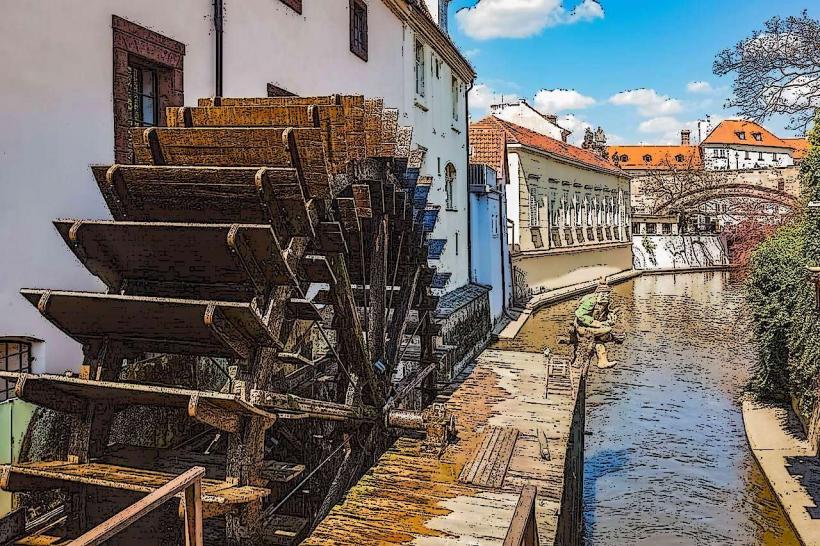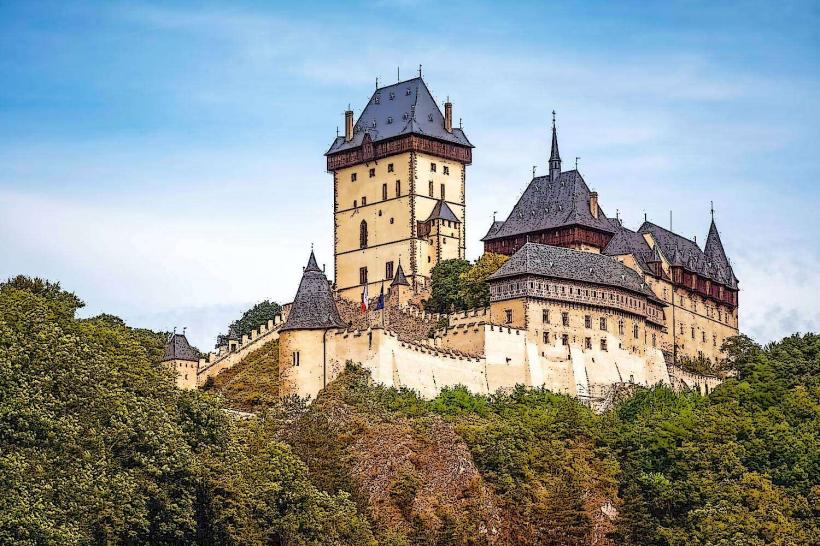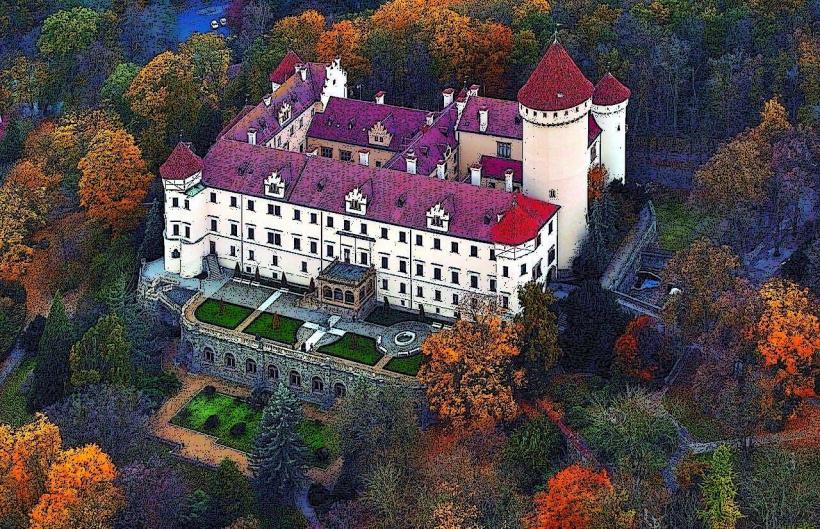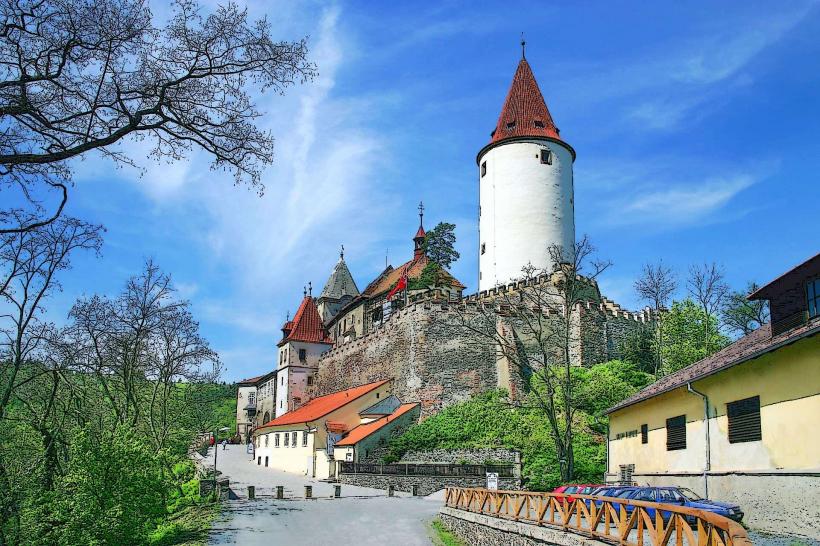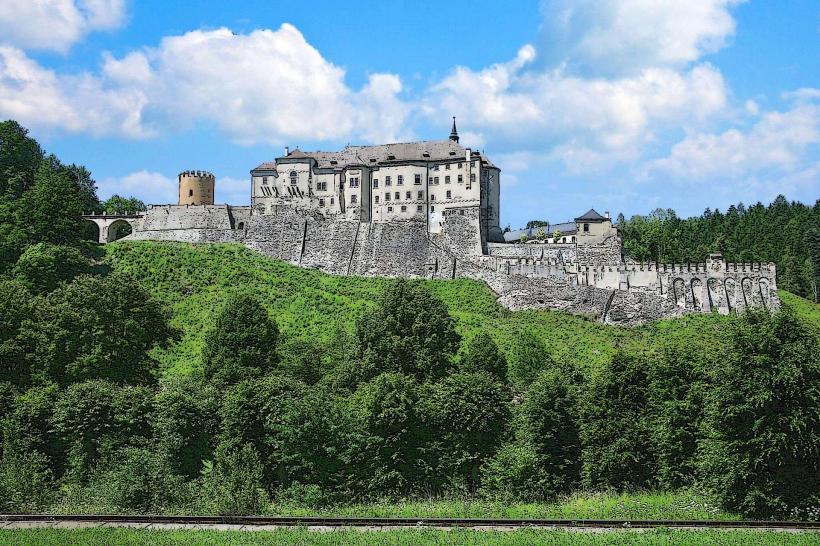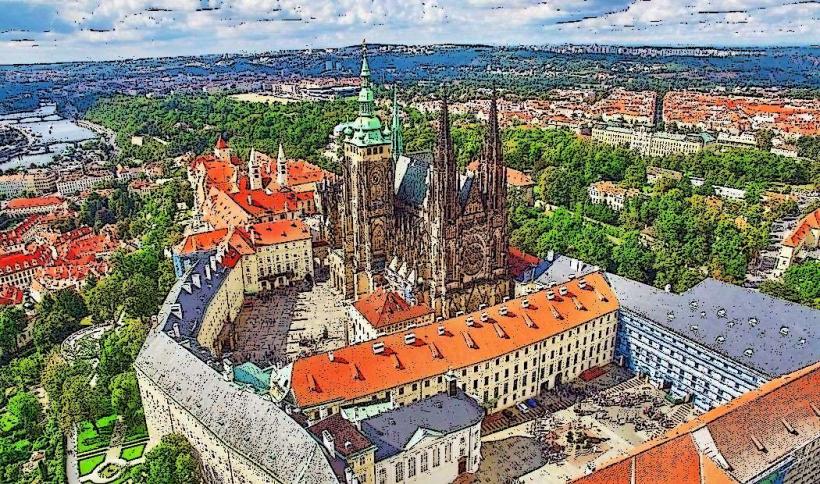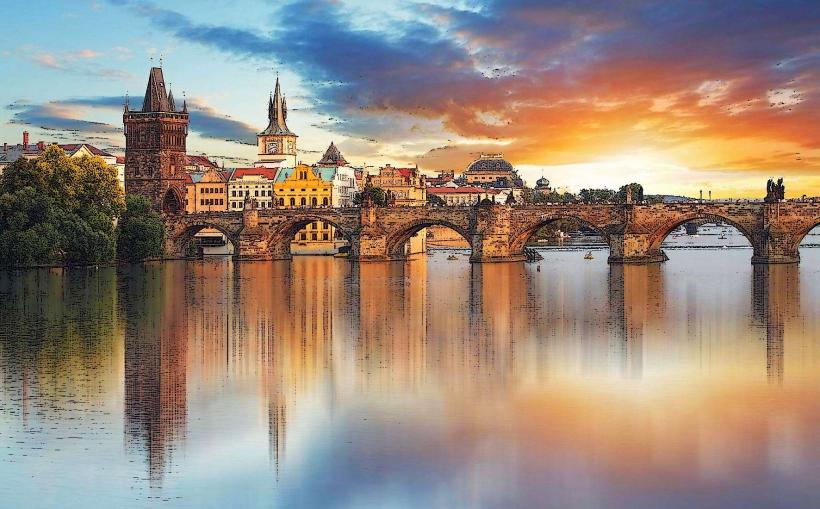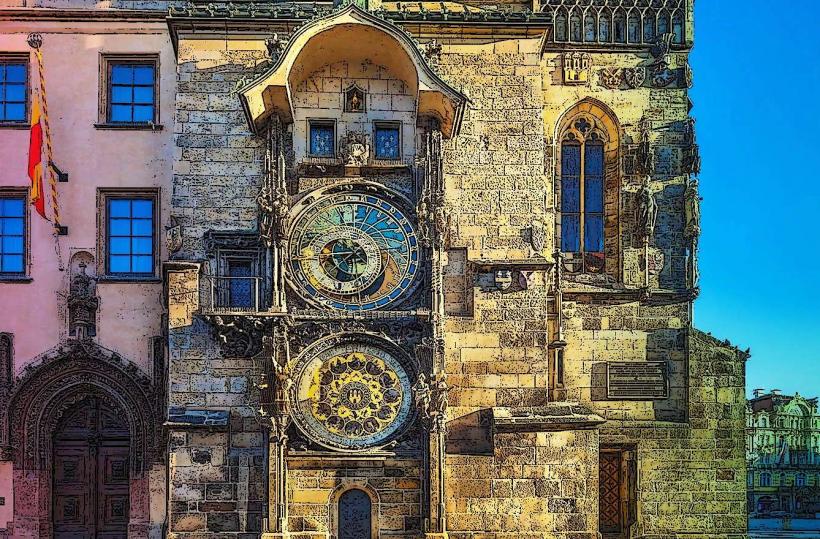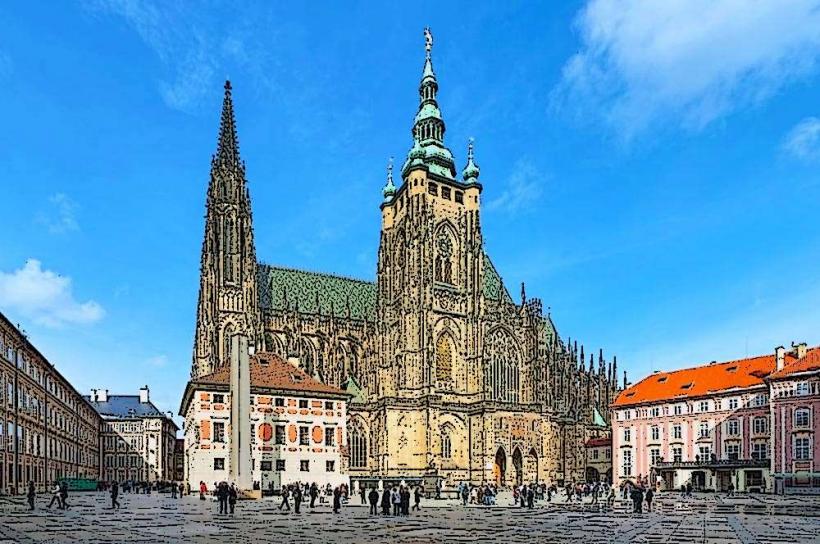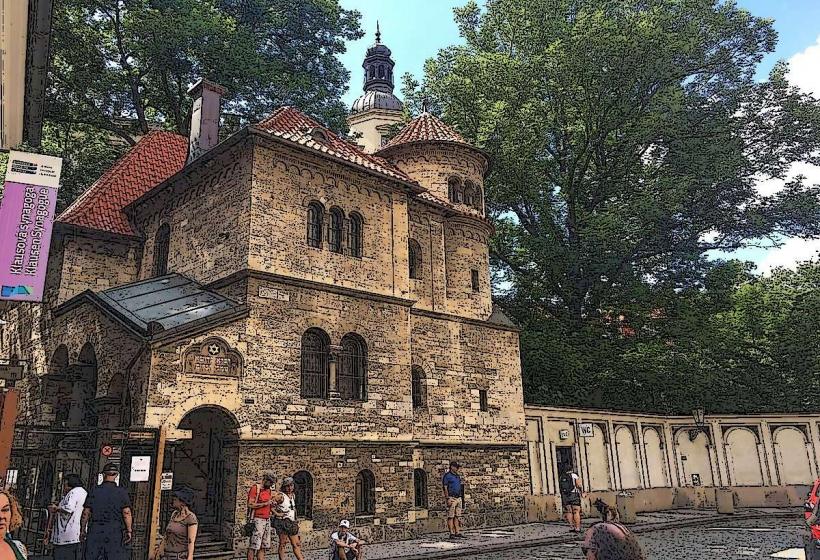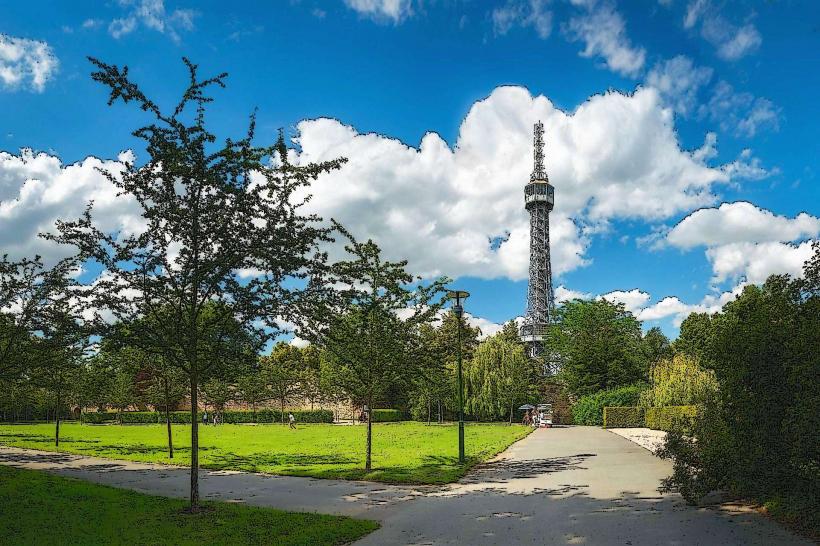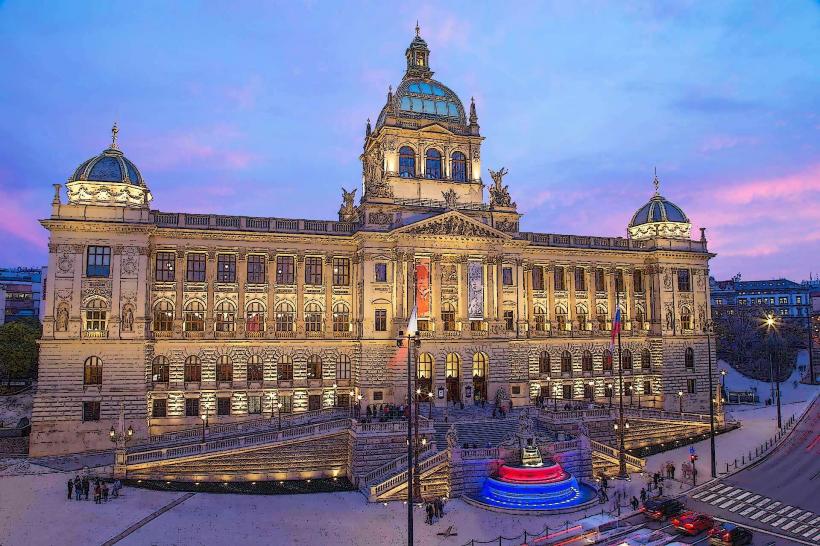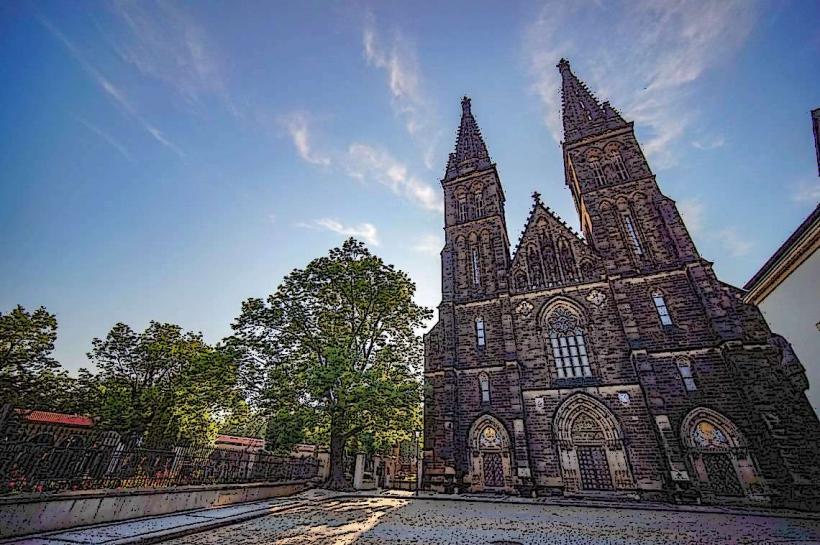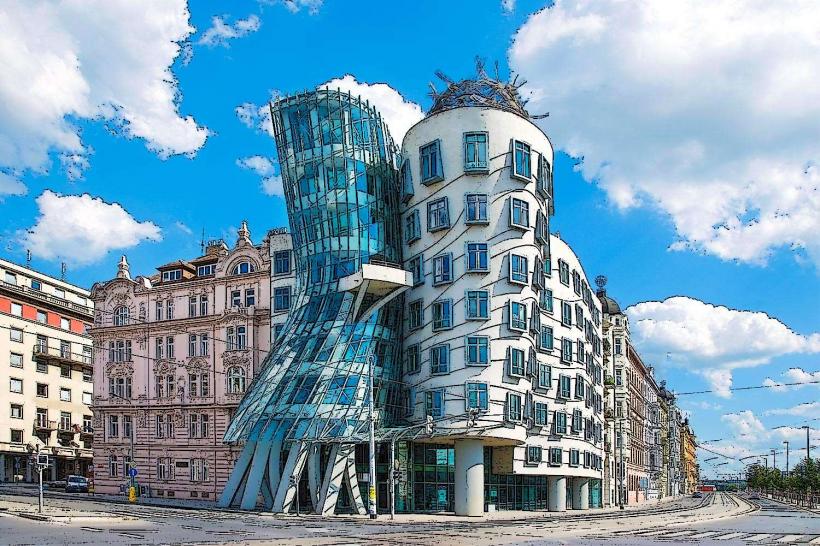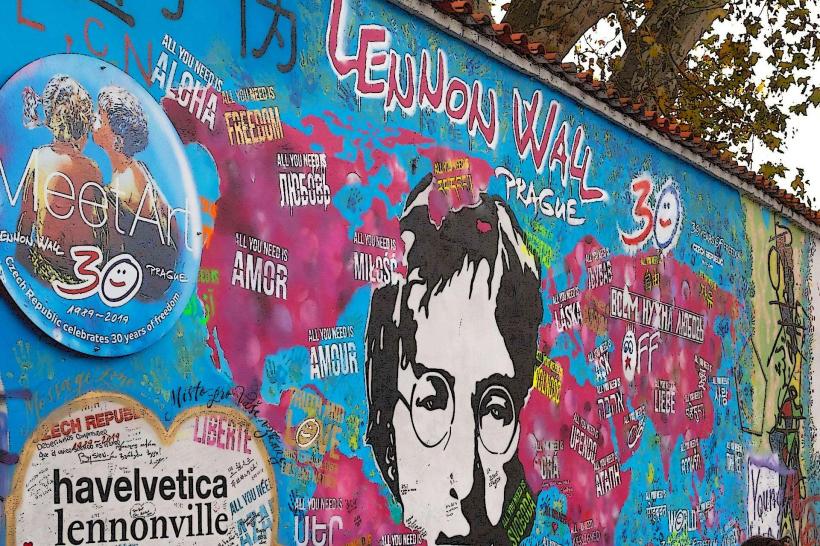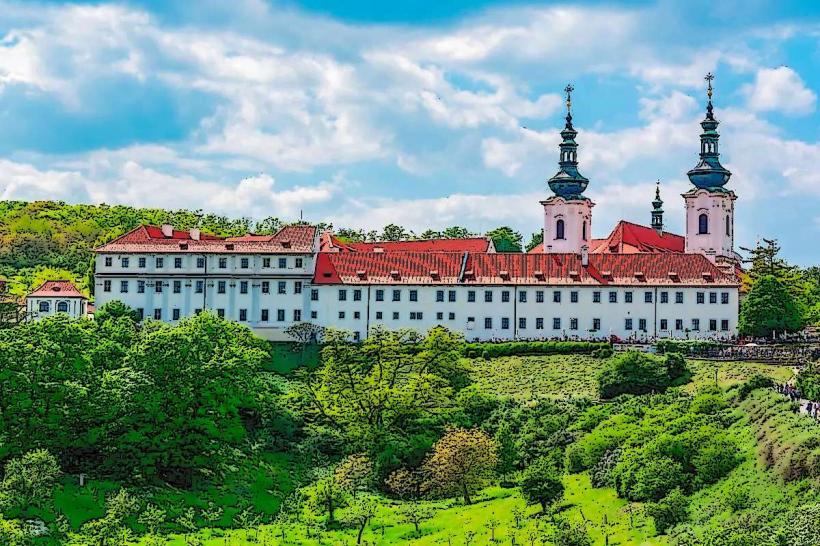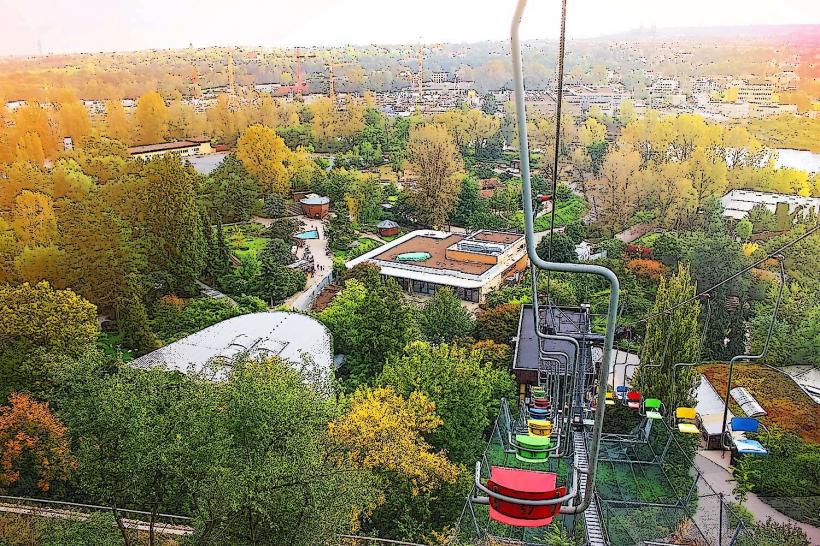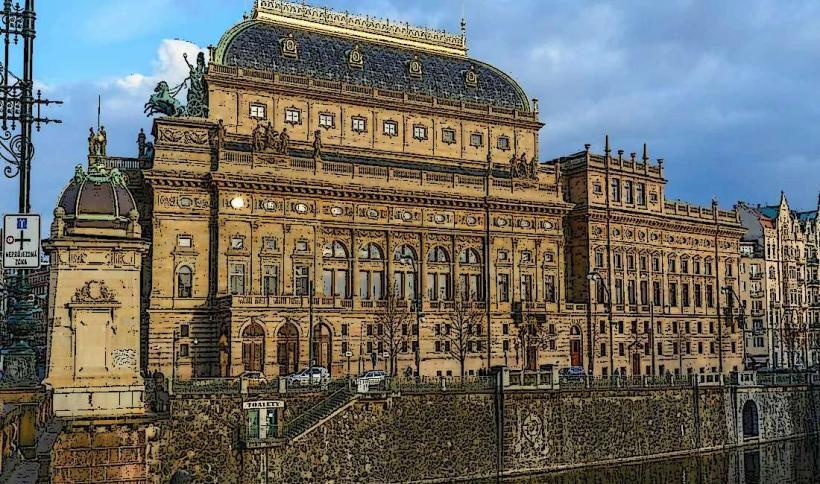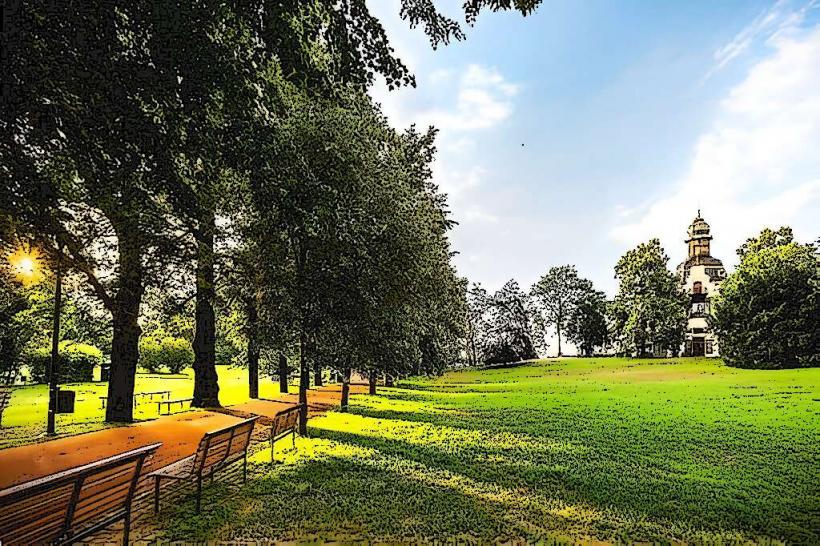Information
Landmark: Wenceslas SquareCity: Prague
Country: Czech Republic
Continent: Europe
Wenceslas Square (Václavské náměstí) – Detailed Overview
Wenceslas Square (Václavské náměstí) is one of the most famous and important public squares in Prague, located in the New Town (Nové Město) area. Though it is often referred to as a "square," it is technically a boulevard due to its long, linear shape. The square has served as a center of historical events, cultural life, and commercial activity for centuries, making it one of the city's main landmarks.
Historical Background
Wenceslas Square has a rich history dating back to the 14th century, with its origins tied to the establishment of the New Town of Prague.
Foundation: The square was originally designed by Charles IV, who established Nové Město (New Town) in 1348 as part of his efforts to expand and modernize Prague. The square itself was created to serve as a horse market, and it quickly became an important center for trade and public gatherings.
Name: The square is named after Saint Wenceslas (Czech: Svatý Václav), the patron saint of the Czech lands. A statue of St. Wenceslas now stands at the top of the square, further cementing its cultural and historical significance.
Key Events: Over the centuries, Wenceslas Square has been the site of numerous historical events. It was the location of the protests during the Prague Uprising in 1848, and it was also the setting for the 1939 Nazi occupation of Czechoslovakia. More recently, Wenceslas Square played a pivotal role in the Velvet Revolution of 1989, when Czechoslovaks gathered here to demand the end of communist rule.
Architectural Features
The architecture surrounding Wenceslas Square is a mix of historic and modern buildings, reflecting Prague’s long and diverse history.
1. National Museum (Národní muzeum)
At the top of the square stands the National Museum, a grand neo-Renaissance building with a domed roof and impressive columns. The museum houses collections related to Czech history, natural history, art, and music, and its grand façade is one of the most recognizable in Prague.
- Renovation: The museum underwent extensive renovation and reopened in 2018. The main hall has been restored to its original splendor, and it remains one of the most important cultural institutions in the country.
2. Statue of Saint Wenceslas
At the top of Wenceslas Square, in front of the National Museum, stands a equestrian statue of Saint Wenceslas. The statue was designed by the sculptor Josef Václav Myslbek and erected in 1912. It is one of the most iconic symbols of the Czech nation.
- Significance: The statue represents St. Wenceslas, who was the Duke of Bohemia in the 10th century and played a crucial role in the Christianization of the Czech lands. The statue is an important national symbol and a focal point for celebrations and protests.
3. Historic Buildings and Shopping Centers
The buildings surrounding the square are a mix of historical and modernist architecture, including Neo-Renaissance, Art Nouveau, and Socialist Realist styles.
- Palace Koruna: A prominent Art Nouveau building that houses various shops and offices.
- Hotel Evropa: Built in 1905, this Art Nouveau hotel stands out for its elaborate facade and historic charm.
- Lucerna Palace: Built in the early 20th century, the Lucerna Palace is a cultural venue with a cinema, restaurants, and shops, and features a notable ceiling with a glass skylight.
Role in Czech History
Wenceslas Square has been central to many significant events in Czech history:
1. The Velvet Revolution (1989)
One of the most important events to occur in the square was the Velvet Revolution, a peaceful movement that led to the end of communist rule in Czechoslovakia. On November 17, 1989, thousands of Czechoslovaks gathered in Wenceslas Square to protest against the oppressive communist regime. The protests grew over the next few weeks, culminating in a mass demonstration on December 10, when Václav Havel and other key leaders of the opposition movement took part in a speech in the square. This event marked the end of 41 years of communist rule and the beginning of Czech democracy.
2. Prague Spring (1968)
Wenceslas Square was also a central location during the Prague Spring of 1968, when Czechoslovaks attempted to reform the communist regime and introduce more democratic freedoms. The Soviet Union intervened militarily, and the square became a focal point for both peaceful protests and clashes between demonstrators and the occupying forces.
3. 1989 Anti-Nazi Protests
During the Second World War, Wenceslas Square was the site of protests against the Nazi occupation. The square witnessed multiple demonstrations and was a significant location for underground resistance movements.
Modern Wenceslas Square
Today, Wenceslas Square is a vibrant commercial and cultural center, attracting both locals and tourists alike. It serves as a shopping district, with a variety of stores, restaurants, and cafes lining the square.
Shopping: Wenceslas Square is home to several major shopping centers, including the Quadrio and Palác Koruna, where visitors can find everything from high-end boutiques to popular international chains.
Cultural Events: The square hosts various cultural events, including concerts, festivals, and public celebrations. It also serves as a gathering point for celebrations of important national holidays, such as Czech Independence Day and Saint Wenceslas Day.
Transportation Hub: The square is also a major transportation hub, with several trams and metro lines passing through, making it easily accessible from all parts of the city.
Notable Buildings and Landmarks
The buildings surrounding Wenceslas Square have historical, commercial, and cultural significance. Some key buildings include:
The State Opera: A beautiful neo-Renaissance building located at the southern end of the square, it is one of the most important opera venues in Prague, hosting performances from the Czech National Opera and international companies.
The Czech National Bank: Situated at the southern end of Wenceslas Square, this modernist building has been an important financial institution in the country for many years.
Visitor Experience
Visitors to Wenceslas Square can experience both historical and modern Prague. There are several ways to explore the square:
- Walking Tour: A walk through the square offers a glimpse of Prague's architectural diversity, from historic buildings to more contemporary structures.
- Statue Viewing: Visitors can stop by the St. Wenceslas Statue at the top of the square and reflect on its significance to Czech identity.
- Cultural Events: During the year, Wenceslas Square hosts a variety of cultural events, including Christmas markets, New Year’s Eve celebrations, and public concerts.
Conclusion
Wenceslas Square is a symbolic heart of Prague and a key part of the city's historical, political, and cultural identity. From its origins as a marketplace to its role in some of the most pivotal events in Czech history, it remains a bustling center for both locals and visitors. With its stunning architecture, rich history, and vibrant atmosphere, Wenceslas Square is a must-see destination for anyone exploring the Czech capital.

